Venue: Home studio
- D200 set at matrix metering, 50mm at f11 for correct DOF and ISO 400 to get sufficient exposure from the diffused flash.
- SB-600 mounted on hotshoe, set at TTL Balanced Fill-In Flash mode with Flash compensation set at +2.0.
- All settings on D200 and SB-600 were set as a constant through-out the trial.
- D200 and SB-600 are set to sync at iTTL.
- The levels of all below images are NOT adjusted.
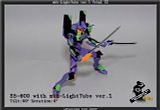
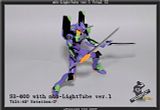

BOUNCE FLASH FROM BOUNCE CARD
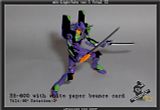
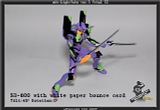
Right: Flash head (with white paper as bounce card) pointing 45 degrees forward
Right: Flash head (with LTv.1) pointing forward
DIRECT FLASH
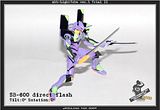
VERDICT:
Best results were seen with the mbb-LightTube ver.1 flash diffuser, especially when there is a tilt of the flash head. Lesser harsh shadows are generated compared to direct flash. Another alternative to not being to bounce flash off a ceiling (eg. outdoors) is to attach a bounce card on the back of the flash head to deflect the light beam forwards. I did this with a rather big (190mm x 105mm) and thick white paper attached using an elastic band. The results from the bounce flash is less appealing to that of the diffuser. One issue with bounce flash and diffused flash is that the D200 is set to sync with SB-600 at iTT, hence the SB-600 tends to fire an intensity of flash as if the flash head is not bounced or diffused. The SB-600 then indicates an underexposure of -3.0 warning. I manually override the iTTL mode with a flash expousre compensation of +2.0. I also need to boost up the sensitivity of the D200 to ISO 400 in order to get the right exposure. I was able to get the right exposure for the diffused flash setup. To show the differences with and without the mbb-LightTube ver.1, I have kept the parameters (settings on SB-600 and D200) constant. With direct flash, there is a severe overexposure.
Comments